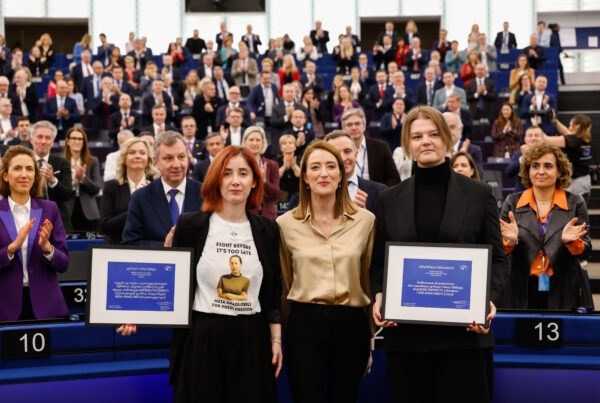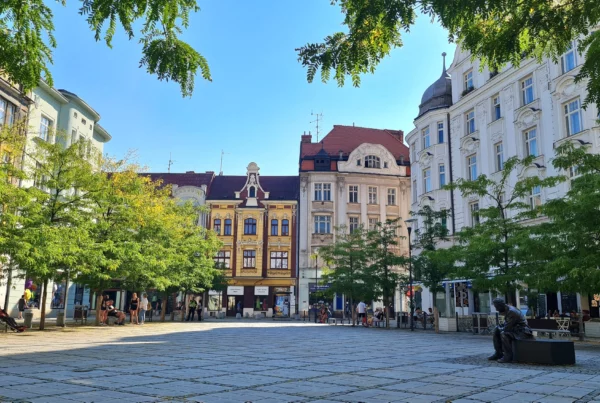How can local and regional governments in rural areas access EU funds, identify key challenges, and provide recommendations for improvement
Rural areas are central to Europe’s territorial, social, and economic cohesion, but they often face persistent challenges, from ageing populations and digital divides to restricted access to services. Recognising this, the European Commission is developing a long-term vision for rural areas. In this context, the Council of European Municipalities and Regions (CEMR) has examined how local and regional governments (LRGs) in rural areas access and use EU funds, an essential tool for addressing local needs and unlocking development potential.
In March 2021, CEMR conducted a targeted survey among nine national associations of municipalities across the EU to assess how effectively rural LRGs are utilising EU funds. The results point to a clear mismatch: while EU funding is recognised as highly relevant for rural areas, its actual use by LRGs remains limited in many cases.
The European Agricultural Fund for Rural Development (EAFRD), European Regional Development Fund (ERDF) and European Social Fund (ESF) are considered the most relevant, and most used, by rural LRGs. However, other important programmes like LIFE, Erasmus+, and Connecting Europe Facility are seen as underused, despite their potential relevance. Several barriers contribute to this situation, including overly complex administrative requirements, lack of technical capacity in small municipalities, and limited awareness of support mechanisms.
The analysis also reveals a concerning gap between the perceived importance of rural challenges and the effectiveness of EU funds in addressing them. While EU funding appears helpful in tackling issues like poverty, pollution, or lack of services, it is perceived as inadequate in dealing with demographic decline, public transport gaps, or the rise of populism, issues at the heart of rural fragility.
CEMR’s study further shows that some Member States provide national or regional support to help rural LRGs access EU funds, but awareness and coordination are often lacking. There is also difficulty in combining different EU funding streams, such as CAP and cohesion funds, limiting the efficiency of investment.
CEMR’s findings point to the need for a new narrative on rural areas, one that recognises them as drivers of opportunity, not merely recipients of aid. To make this vision a reality, EU funds must be more accessible, tailored, and coherent with rural priorities. This includes simplifying administrative processes, improving communication, and better aligning funding objectives with on-the-ground realities.
As the EU shapes its long-term vision for rural areas, the voice of local and regional governments must be heard. They are not only implementers of EU policy, but they are also essential partners in building vibrant, resilient rural territories. A stronger focus on their role will be crucial to ensuring no place is left behind.
For more information, contact:

Advisor – Territorial Cohesion & Local Finances






